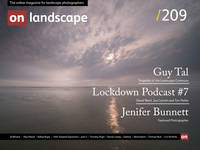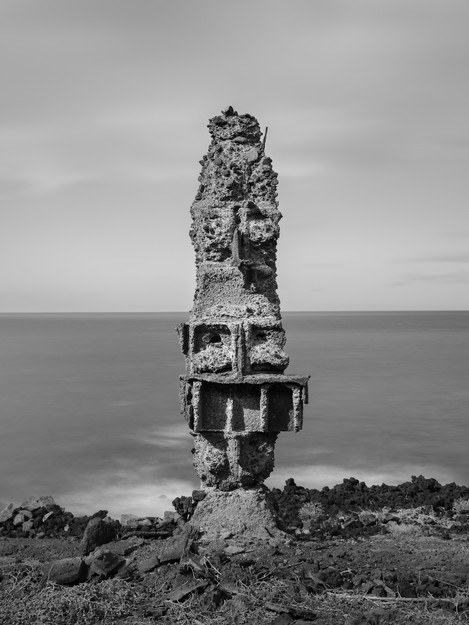Photographing with intent

Rafael Rojas
Rafael Rojas (Master Hasselblad 2014, MA Photography, ARPS), is a Swiss and Spanish full-time artist photographer, lecturer, author, and creativity mentor.
He has been involved in teaching most of his life, first helping young students, then teaching undergrads, and later as a university lecturer.
Nowadays, his teaching activities focus on helping photographers see the world with different eyes and use photography as a tool of personal and creative expression.
After seven years of work, the MasterCOURSE “Photography with Intent”, an intensive mentoring program for Expressive Photographers, has become the apex of his teaching career and his utmost contribution to the Community of Photographers.
In the last few articles in “On Landscape”, I have been reviewing the particularities of using photography as a way of personal expression (see part 1, part 2 and part 3). Landscape photography can be used not only to record literal depictions of places but also to convey ideas, emotions and connoted symbolism and metaphor. By using photography in an expressive way, we can tell stories and shape the way these stories will be deciphered by the observer.
Obviously, the most important thing to make our photography expressive is having something to express. But even if we know what we want to say, we need to decide how to do it, which, in turn, will need to be informed by the why. Photographing with intent means allowing that intention to guide the whole photographic process, so that every single decision is coherent, informed and justified.
In this article, I am presenting one of my personal projects, “Totems”, made in the framework of my MA in photography. I hope the reader will not feel alienated by the eventual academic jargon and frequent quotes to critics and other practitioners. If you feel bogged down in the details when reading this article, I urge you to focus on the overall idea: how the project is critically justified always coming back to its message and intent. The purpose of this article is to provide a case study where the overall message and intent are specified, and the subsequent decisions along the photographic process are critically justified; from the fieldwork to the decision of the ideal surface of dissemination.
In this respect, the article ends up discussing about the creation of an Artist Book made for this project. I succinctly describe how every single decision related to its design and construction was, again, aligned with the original message and intent of the overall project.
Additionally, this article also shows how important it is to know where our project stands, in terms of the History of photography and of the contemporary practice of landscape photography. This is not only important to avoid repeating what others have already done, but also to realise what we as individuals have to say in a genuine way. Obviously, we never create in a vacuum, and it is also important to acknowledge possible sources of inspiration while justifying our decisions in the light of criticism already given to similar work.
"Totems"
At the very root of the project “Totems” lies a critical opinion about the unsustainable relationship between human beings and their environment.
These “Totems” are just remnants of what used to be a productive farm. These figures of anthropomorphic nature are displayed in a typological way. Thanks to the psychological phenomenon known under the name of Pareidolia, we see human traits, faces, gestures and poses in these figures.


